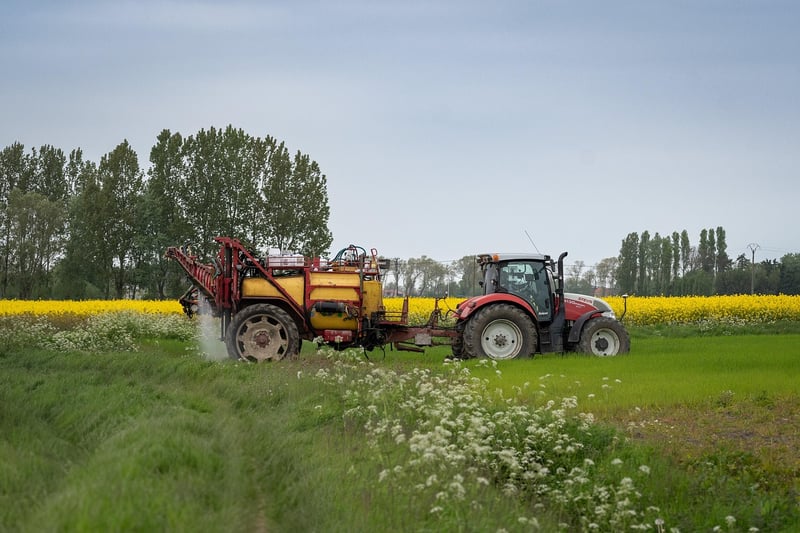Pruning Guidance
Keeping Your Garden Healthy: A Guide to Pruning
Welcome to our guide on maintaining a healthy garden through proper pruning techniques. Pruning is an essential aspect of gardening that not only enhances the appearance of your plants but also promotes their overall health and growth. Whether you are a seasoned gardener or just starting, understanding the basics of pruning can make a significant difference in the well-being of your garden.
The Benefits of Pruning
Pruning serves multiple purposes in gardening:
- Promotes plant growth and flowering
- Controls the size and shape of plants
- Removes dead or diseased branches to prevent the spread of infections
- Improves air circulation and sunlight penetration
- Enhances the overall appearance of the garden
When to Prune
Knowing the right time to prune is crucial for the health of your plants:
- Spring: Ideal for most flowering shrubs and fruit trees
- Summer: Best for shaping hedges and removing excessive growth
- Fall: Suitable for pruning plants that bloom on new wood
- Winter: Prune dormant trees and shrubs to stimulate new growth in spring
Pruning Tips
Follow these tips for successful pruning:
- Use sharp and clean pruning tools to make precise cuts
- Identify the purpose of pruning before making any cuts
- Remove dead, damaged, or crossing branches first
- Prune at a 45-degree angle just above a bud or a branch junction
- Step back regularly to assess the plant's shape and symmetry
- Research specific pruning techniques for different plant types
Conclusion
Pruning is a fundamental aspect of garden maintenance that can significantly impact the health and appearance of your plants. By understanding the benefits of pruning, knowing when to prune, and following essential tips, you can keep your garden vibrant and thriving throughout the year.
Remember, proper pruning not only enhances the beauty of your garden but also contributes to the overall well-being of your plants. Happy pruning!

For more gardening tips and advice, visit Gardeners World.
